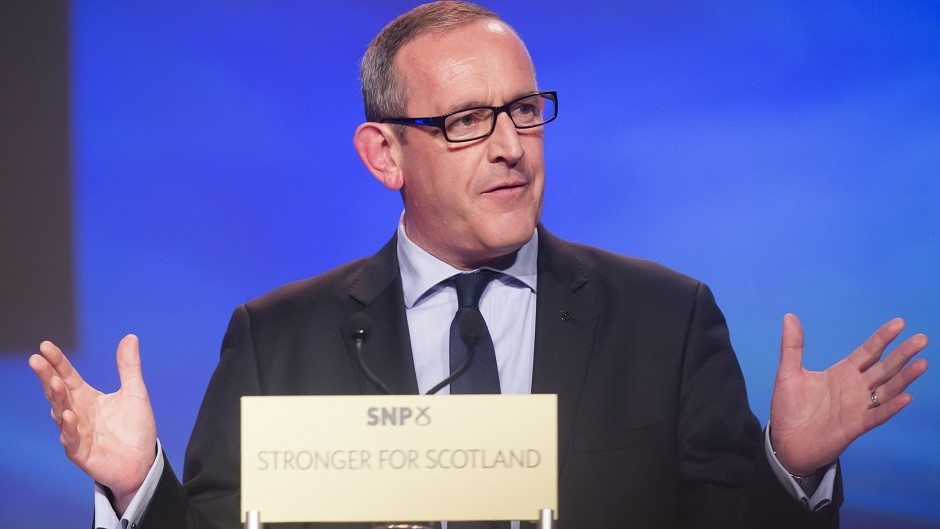The north-east is punching above its weight in terms of Scotland’s economic contribution to the UK, according to new figures.
Data published by the Office for National Statistics (ONS) showed Scotland had a Gross Value Added (GVA) per head of population of £23,102 in 2014.
That was the highest of any UK country or region, excluding England, London and the south-east of England.
GVA is a measure of the increase in the value of the economy as a result of the production of goods and services.
Last year’s figure for the north-east of Scotland was significantly higher than the national number, standing at £37,460.
But in the Highlands and Islands, the GVA per person was £21,356, slightly lower than across Scotland as a whole.
In eastern Scotland it was £22,668 and in the south-west of the country £20,826.
Scotland – despite its good performance in the league table – was a long way behind London where GVA was £42,666. In the south-east of England the figure was £27,012.
Wales had the lowest GVA per person last year at just £17,573; Northern Ireland’s was £18,682 and England’s was £25,367.
While last year’s GVA was higher in the north-east, the Highlands and Islands enjoyed a bigger rise on the previous year.
GVA per head of population went up by 4.5%, compared to a rise of 2.9% in the north-east.
In south-west Scotland the growth was 5.1% and in the eastern region of the country 3.6%.
For Scotland as a whole, the increase was 4.2%, compared to 5.3% in London.
Stewart Hosie, the SNP’s deputy leader and economic spokesman, hailed Scotland’s “strong showing”.
He said it was testament to the economic policies of the SNP Government, from infrastructure investment to support for small businesses.
In terms of total GVA growth between 2013 and 2014, Scotland and England were at 4.6%, both behind London at 6.8% and the east of England at 5.3%. The lowest rise was in Wales where it was 2.4%.
